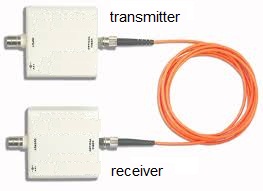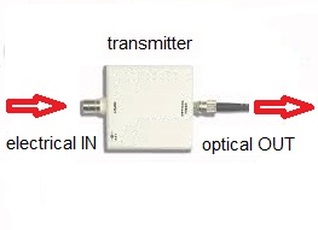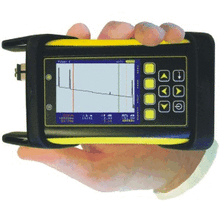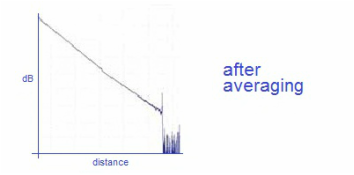|
Fiber Optics Network Transmitter A network device that convert incoming electrical signal into optical signal for transmisson down an optical fiber link. Data, voice and video are digitized and converted into electrical signals which pass through Fiber Optics Transmitter and converts electrical signals into an optical signal output. Receiver A network device that converts an incoming optical singal into an electrical signal for transmission down an electrical link. Optical signal which pass through Fiber Optics Receiver converts optical signals into an electrical signal output. Transceiver
Transceiver is a combination of both fiber optics transmitter and receivers into one component. It is commonly called Small Form Factor Pluggable Transceiver or SFP.
0 Comments
All OTDRs regardless of brand have four basic setup requirement i.e. the OTDR user is required to key in these four basic data parameters into OTDR in order to get good and accurate fiber trace analysis. The required data parameters are :- What is Averaging ? Averaging refers to time taken to have a good OTDR traces as shown below. However, the longer averaging time would provide better OTDR traces but it wil be time consuming for OTDR to provide such traces. The before averaging or low averaging is sufficient should the end-user only interested to find out the approximate fiber optics link distance. The about right averaging is able to provide good measurement loss. The higher averaging time provides better OTDR traces but OTDR takes extra times to do the averaging and display better traces.
|
AuthorI have been in the field of fiber optics since early 1990s. I gained fiber optics skills and knowledge via my working experience as end-user, main contractor and sub-contractor and finally as an optical fiber enterpreneur. Archives
January 2017
Categories
All
|











 RSS Feed
RSS Feed